I never intended to become a professional real estate stager. I’ve always “rescued” objects (from Goodwill, estate sales, consignment shops) and given them new life. So, a friend and I decided to convert the carriage house in my backyard into a quarterly pop-up for my community. Word of mouth brought over a hundred people to our first “design store,” a Saturday morning where people could shop for one-of-a-kind items. We wanted to create experiences of delight — for people to fall in love with something beautiful they would otherwise not have found or been able to afford.
It was an out-of-the-blue call from a realtor asking, “You stage homes, right?” to which we replied, “Umm, yes,” that set everything in motion. We closed down our company in 2019, the day my youngest son was diagnosed with cancer, but to date I’ve worked on over 400 homes, giving me a breadth and depth of perspective on what makes a home feel like a home. It boils down to this: Loving your home has more to do with new eyes than new things.
“Loving your home has more to do with new eyes than new things…more often than not, what we need is what we already have.”
It can be tempting to voluntarily disqualify ourselves from crafting a life we love because we think we can’t afford it, but more often than not, what we need is what we have: Maybe it’s a family heirloom stored in a closet, or a favorite piece of cookware kept in a kitchen cabinet for a special occasion. Learning more about how to highlight these items, and other low-lift changes to your space, can make your home feel even more like you. 🫶
Here are some simple ways to spruce up your space from a professional stager:
1. THE RULE OF THREE
Bring three objects of varying shapes, heights, and colors into a grouping. The odd number and asymmetry captivate the brain, almost like an unresolved chord, and we get hooked trying to resolve it. This creates visual interest and an energetic pause in space. Try putting unexpected items together — pick your favorite decorative object (like a candle, a rock, or a little carved animal) a book with a beautiful cover, and a sculptural vase. Make sure all three are different heights (one tall, one mid, one tiny) and place them in a triangle so they cascade down like a visual waterfall.
2. PUT A PLANT ON IT
Plants offer a form and texture that you simply don’t get any other way. They bring life to a room; they clean the air; they fill corners; they add organic movement and flow. Next time you look at a design magazine or blog, notice how often a tall fiddle-leaf fig sits in a corner, or better yet, with your mind’s eye take out all the plants in the image and notice how flat the room looks. Design hack: You don’t have to spring for flowers every week. Keep a vase of cut branches from your yard or the local park on your coffee table, and notice how much more inviting the space becomes.
3. PUT A TRAY UNDER IT
Things like to be in relationship with other things. Think of your knick-knacks like lonely little babies who need hugs. Things like to be in groups (see #1), and they like to be held. Putting singular objects together on a tray or a marble slab or a wooden cutting board cuts down on visual clutter and gives each object purpose through relationship. This works well on a dresser where you might have bottles of perfume, lotion, and jewelry all scattered about. Community is good. 🤝
“Think of your knick-knacks like lonely little babies who need hugs. Things like to be in groups, and they like to be held.”
4. EMBRACE YOUR RITUALS
Almost everyone I’ve ever met either has a morning drink ritual or wants a morning drink ritual. Without fail, we staged every kitchen with some combination of: round brass tray, ground coffee in a glass jar, an oval spoon rest with a bone-handled tiny stir spoon, and a hand-thrown pottery mug. If you’re doing tea, consider taking all your tea bags out of their cardboard box and lining them up in a lovely container. Pour honey from the plastic squeezy bear jar into something beautiful. Whenever possible, have the things you touch first in the morning bring you pleasure.
Perhaps this translates more into an afternoon or evening ritual for you — find where your most beloved rituals live, and create spaces that support them.
5. GO NATURAL
Handmade and natural materials are a shortcut to hominess. For instance, consider slowly replacing your plastic cooking utensils with wooden ones gathered from thrift stores and then displaying them in a vintage crock. Plastic isn’t great for food storage, for the environment, or for you. Plus natural materials are high vibrational. If you really want to nerd out on this, you might start here. 🤓
6. BRING ORGANIC MATERIALS INTO YOUR BATHROOM
Most bathrooms are full of shiny, hard surfaces, which can translate as sterile and uninviting. Do what you can to bring in organic materials. Think warm woods (a soap dish); a succulent in a clay pot; pottery vases to hold makeup brushes. I suggest purchasing a nice soap pump that you love, and can then refill with bulk refill soap (or, check out these soap bars). This is a minimal upgrade that reduces plastic waste and will bring you joy every single time you wash your hands.
7. NOTICE YOUR LIGHTING
Bring in as much light as possible and find ways to bounce it around the room. Hanging window treatments 4–6 inches above the window frame and extended 10–12 inches beyond the width of the actual window creates the illusion of a larger window and makes the space feel more expansive. Hang a mirror across from your window to reflect and emphasize natural light, and have at least two to three lamps in every room. If you can, forgo overhead light, harsh LED bulbs, and any uplighting (it causes sad shadows to fall across faces).
In short, if it’s sold as a lighting option for college dorm rooms, try to avoid it. Fluorescent lighting has been known to increase physical and mental fatigue and drain your energy. (Ever noticed how you feel after hours of shopping at Costco or in a mall…or maybe how you felt sitting in high school classrooms all day?)
8. VARY SHAPES AND MATERIALS
It’s the old adage: “opposites attract.” Disparate things like to be together. Similar to the “Rule of Three,” unexpected combinations capture the imagination and delight the senses. Incorporating different textures and materials — like acrylic, wood, metal, etc. — into your design can help differentiate various objects and surfaces, transform light, and add complexity to a space. For example, if you have a lot of rectangular shapes in your space (as is often the case in a living room), consider round side tables or an oval coffee table to break up the hard angles. Add height variation to your furniture so that the eye is drawn to different levels. 📊
“Opposites attract — unexpected combinations capture the imagination and delight the senses.”
You can use the five Feng Shui elements as a cheat sheet: bring in rocks or geodes (earth); a tabletop fountain, mirror, or vase of flowers (water); fireplace, candles, warm lighting (fire); wind chimes, metal picture frames, or consoles and lamps (metal); plants and flowers, vertical shapes (wood); prisms, lightweight curtains, sheer fabrics, and mobiles (air). Pro tip: Use a recycled cowhide under dining room tables, the organic shape helps create flow plus they’re the easiest to clean.
9. GET COZY
You’ll notice staged homes do not scrimp when it comes to throws, decorative pillows, sheepskins, plush rugs, etc. It’s basic human nature to love feeling soft and held. Try investing in one super soft throw and see if it doesn’t make you want to sit more often on your couch and enjoy life.
10. BE CONSISTENT WITH COLOR
Choose a palette, or a couple of main accent colors coupled with neutrals, and repeat throughout the room. You can also bounce a specific color around the room — if you have a muted pink in a throw pillow, repeat it with the cover of a coffee table book, and then echo it with an accent color in a piece of art. The eye blends all of this and creates a harmonic design. In my home, I tend to use warm browns, creams, and blacks because it makes me feel grounded and warm. I suggest reading about color psychology if you find this idea intriguing.
Ultimately, staging a home is about creating a suggestion of a kind of life — and to the best of our abilities, we can suggest that energy for ourselves in our own spaces. Do you want your home to be peaceful and restorative; clean and bright; or quirky and colorful? Whatever you choose, we all want to live in a place that matches how we feel inside. Staging is more than just the sterile living room-in-a-box you’ve seen at open houses, it is a tool for bringing aspects of your identity into your space. Identify what speaks to your soul, surround yourself with those things, and I guarantee, you will feel more at home in your home. Plus, using some of these tips from a professional won’t hurt. 😉
“Staging is more than just the sterile living room-in-a-box you’ve seen at open houses, it is a tool for bringing aspects of your identity into your space.”
Trinity Wilbourn is a Denver-based freelance writer, mind/body coach and intuitive guide. As an educational consultant, she works at the intersection of Social Emotional Learning, Mindfulness, and the science of nervous system regulation. In her free time, she can be found hanging with her four kids, spooning her Bernedoodle, singing opera, and dancing in the kitchen. Learn more and explore her offerings at www.trinitywilbourn.com or follow her on Instagram.
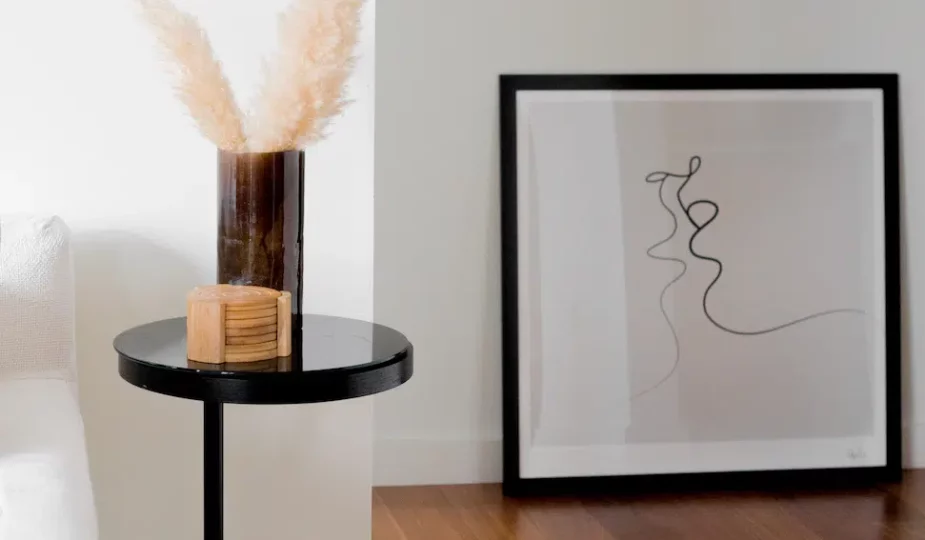

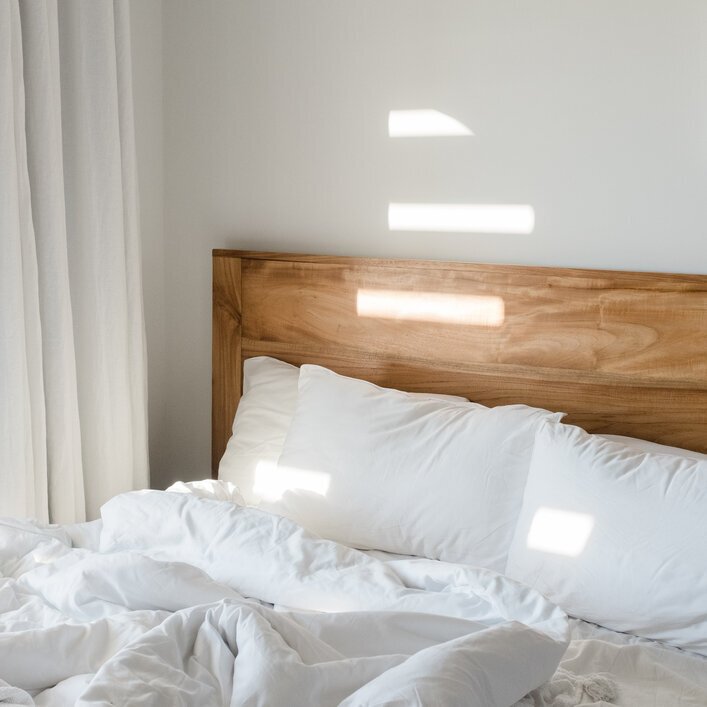
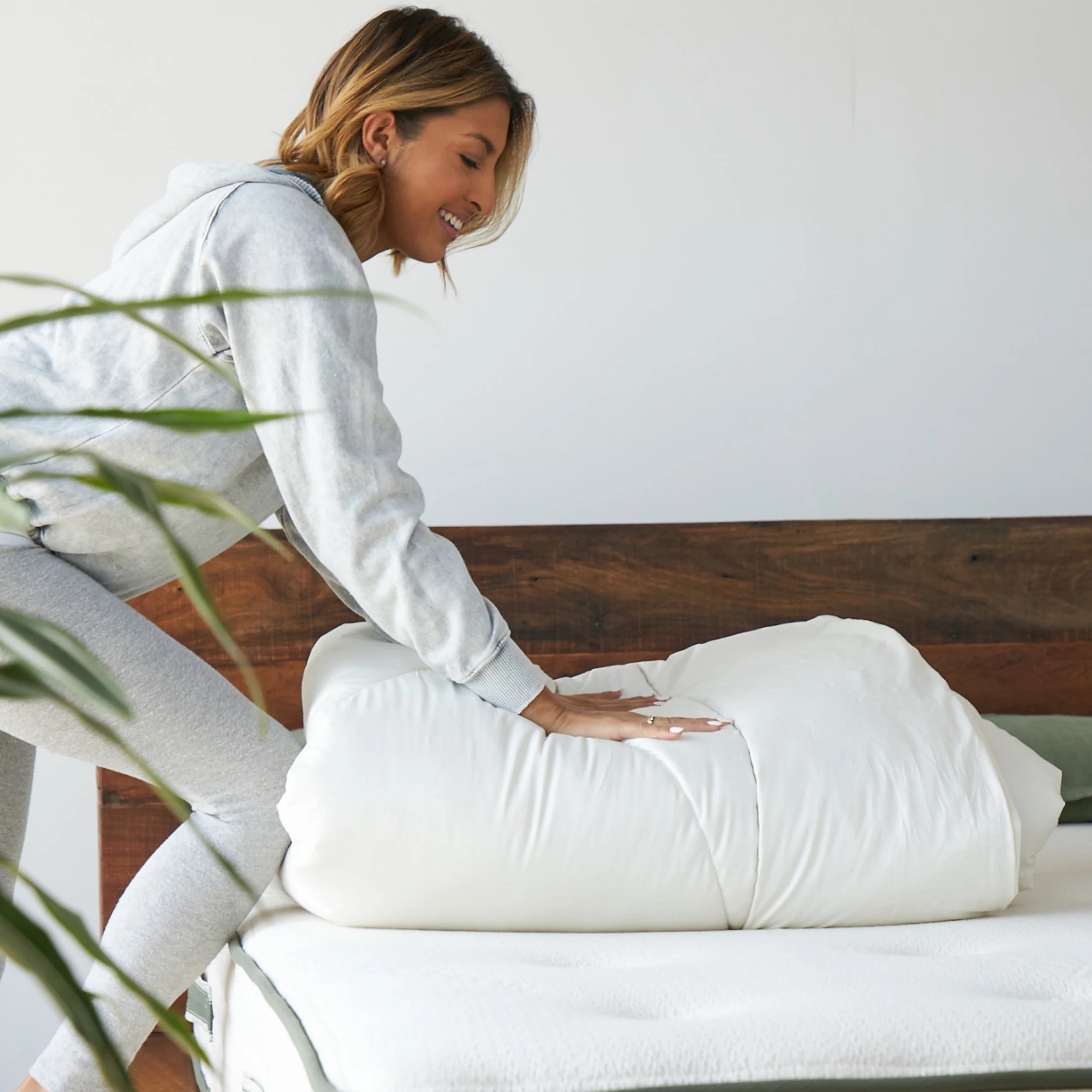
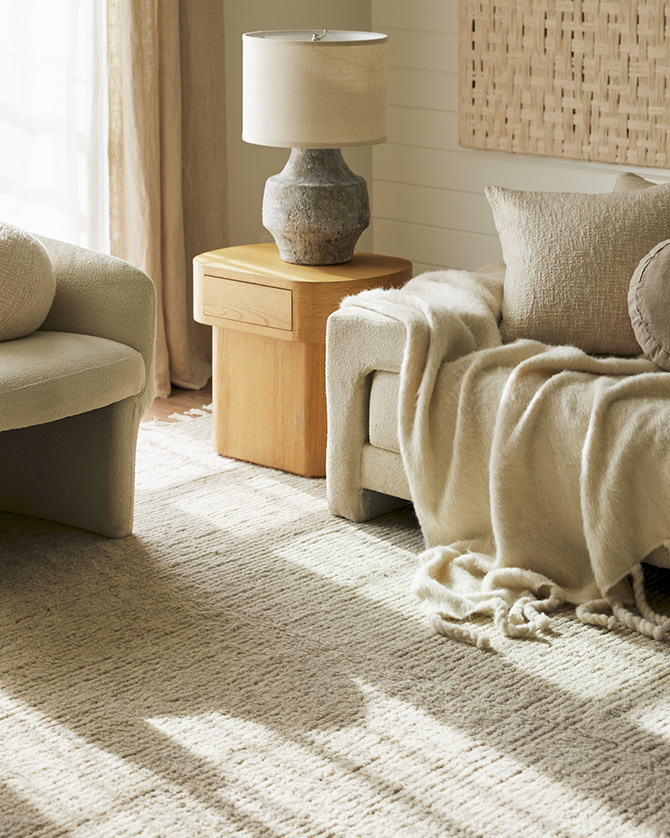
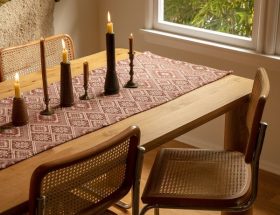

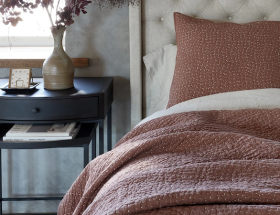

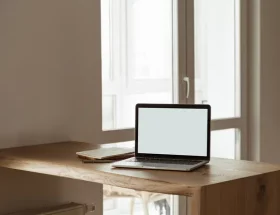

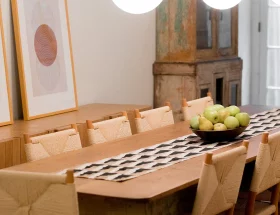
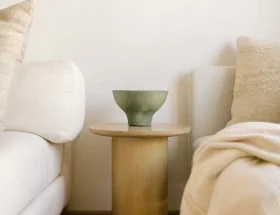


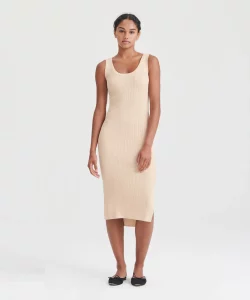

Can you be more specific about the content of your article? After reading it, I still have some doubts. Hope you can help me.